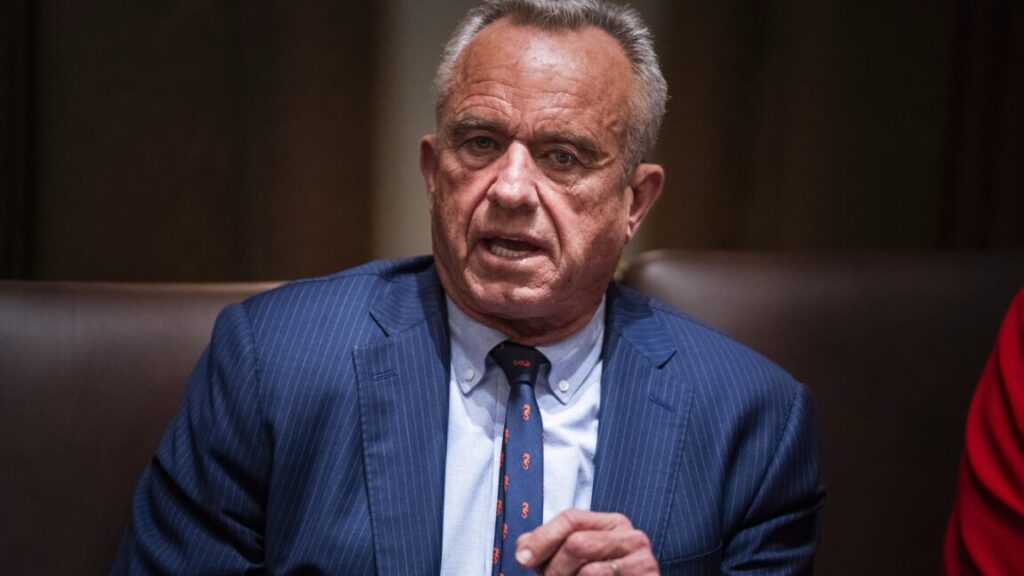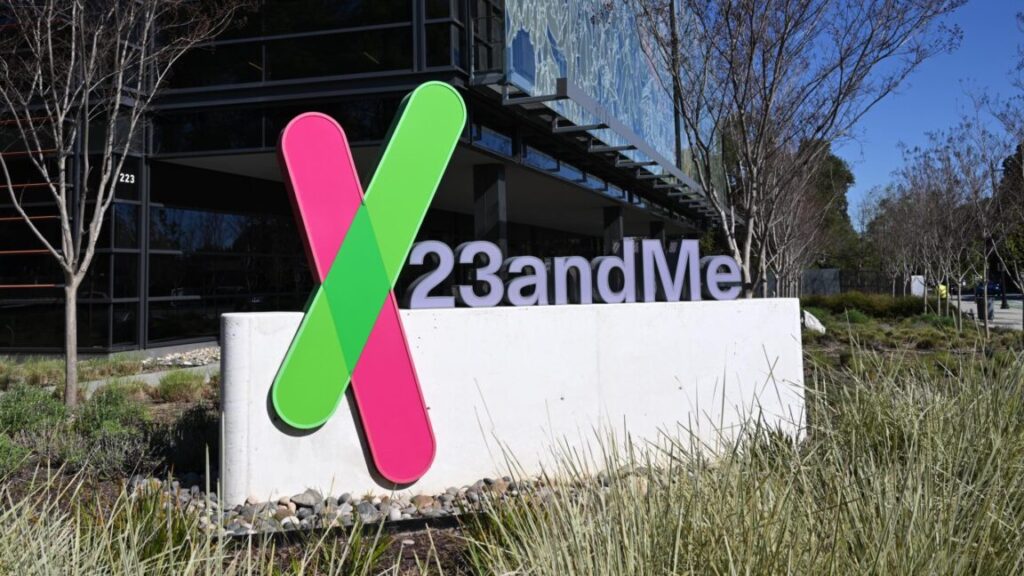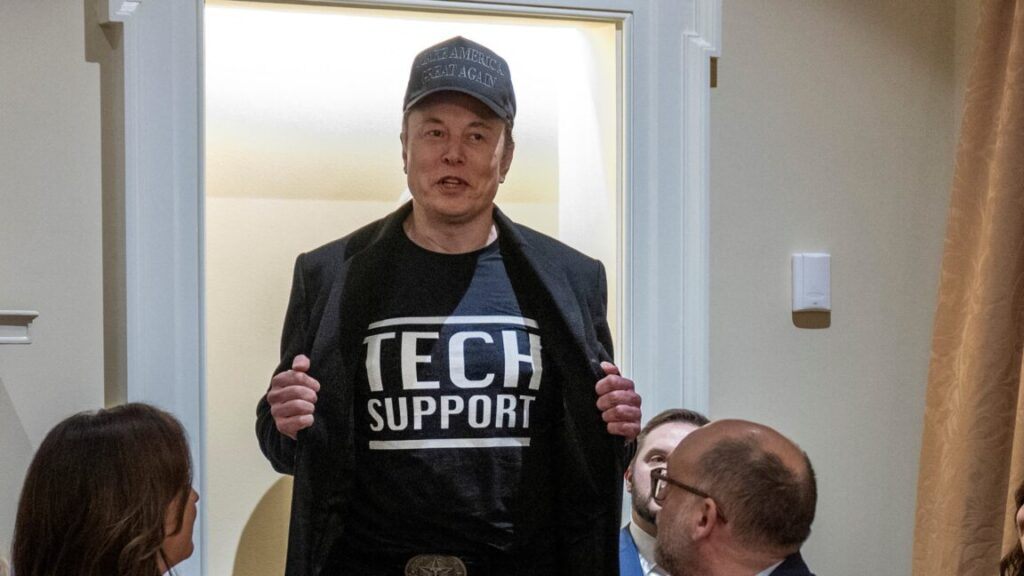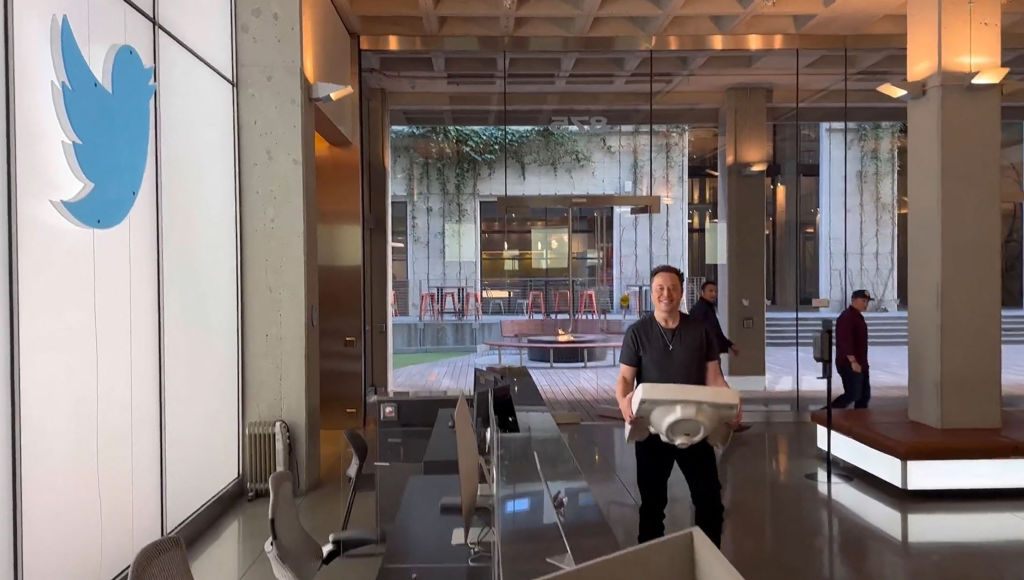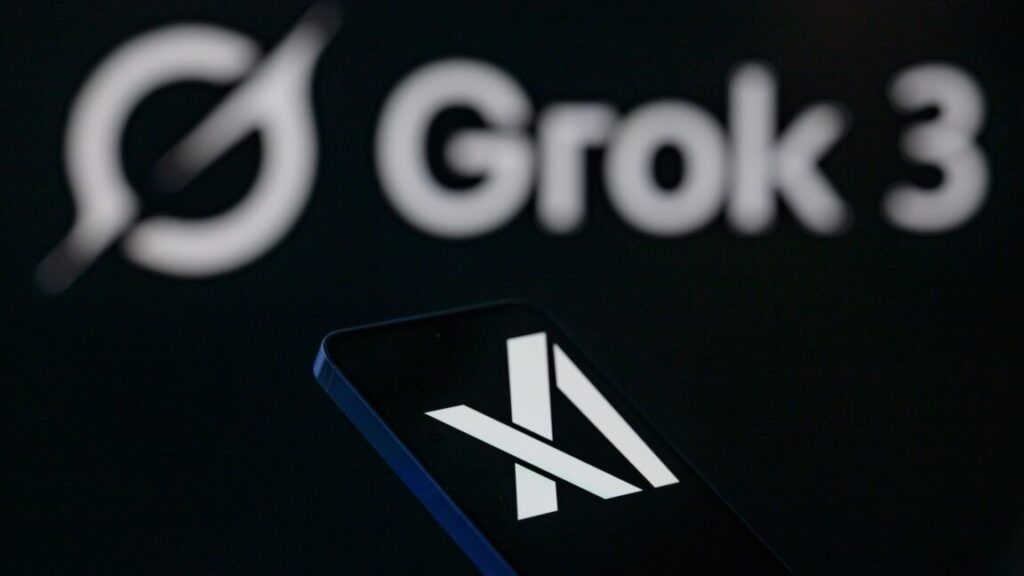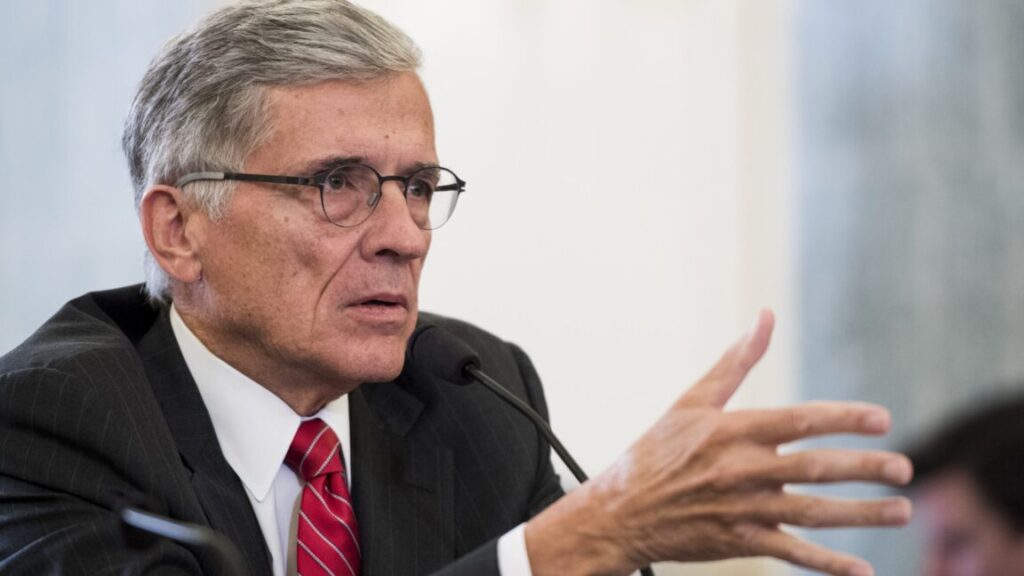Not just Signal: Michael Waltz reportedly used Gmail for government messages
National Security Advisor Michael Waltz and a senior aide used personal Gmail accounts for government communications, according to a Washington Post report published yesterday.
Waltz has been at the center of controversy for weeks because he inadvertently invited The Atlantic Editor-in-Chief Jeffrey Goldberg to a Signal chat in which top Trump administration officials discussed a plan for bombing Houthi targets in Yemen. Yesterday’s report of Gmail use and another recent report on additional Signal chats raise more questions about the security of sensitive government communications in the Trump administration.
A senior Waltz aide used Gmail “for highly technical conversations with colleagues at other government agencies involving sensitive military positions and powerful weapons systems relating to an ongoing conflict,” The Washington Post wrote.
The Post said it reviewed the emails. “While the NSC official used his Gmail account, his interagency colleagues used government-issued accounts, headers from the email correspondence show,” the report said.
Waltz himself “had less sensitive, but potentially exploitable information sent to his Gmail, such as his schedule and other work documents, said officials, who, like others, spoke on the condition of anonymity to describe what they viewed as problematic handling of information,” the report said. “The officials said Waltz would sometimes copy and paste from his schedule into Signal to coordinate meetings and discussions.”
Separately, The Wall Street Journal described additional Signal chats in a report on Sunday about Waltz losing support inside the White House. “Two US officials also said that Waltz has created and hosted multiple other sensitive national-security conversations on Signal with cabinet members, including separate threads on how to broker peace between Russia and Ukraine as well as military operations. They declined to address if any classified information was posted in those chats,” the WSJ wrote.
We contacted the White House about the reported use of Gmail and Signal today and will update this article if we get a response.
Not just Signal: Michael Waltz reportedly used Gmail for government messages Read More »


